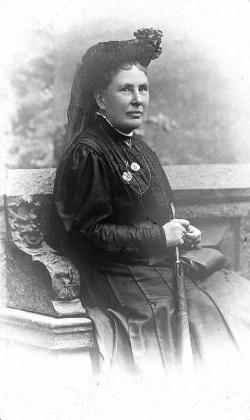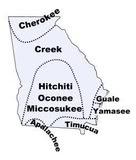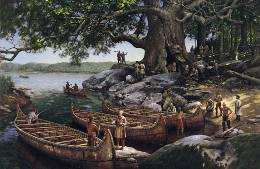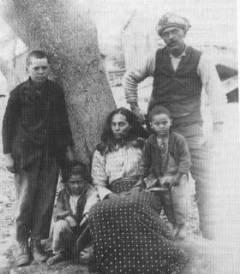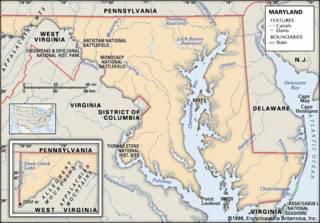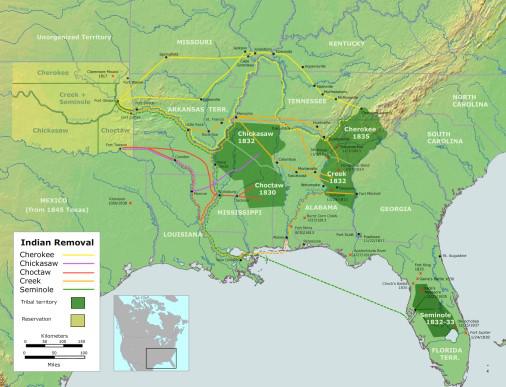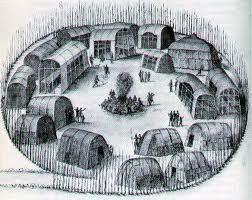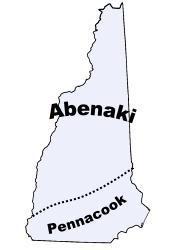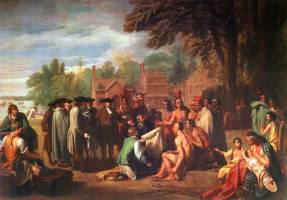Ethnologist, Anthropologist and Social Scientist Alice Cunningham Fletcher was a pioneer in the science of ethnology, living among American Indians while studying and documenting their culture. Fletcher was a leader in the movement to bring Native Americans into the mainstream of white society, but some of her ideas proved to be detrimental to the Indians. Early Years Alice Cunningham Fletcher was born in Havana, Cuba March 15, 1838 after her family traveled there in an effort to improve her father’s health. Both of her parents were from wealthy New England families – her father was a New York lawyer and her mother came from a prominent Boston business family. Little documentation of her early life remains. After her father died…
